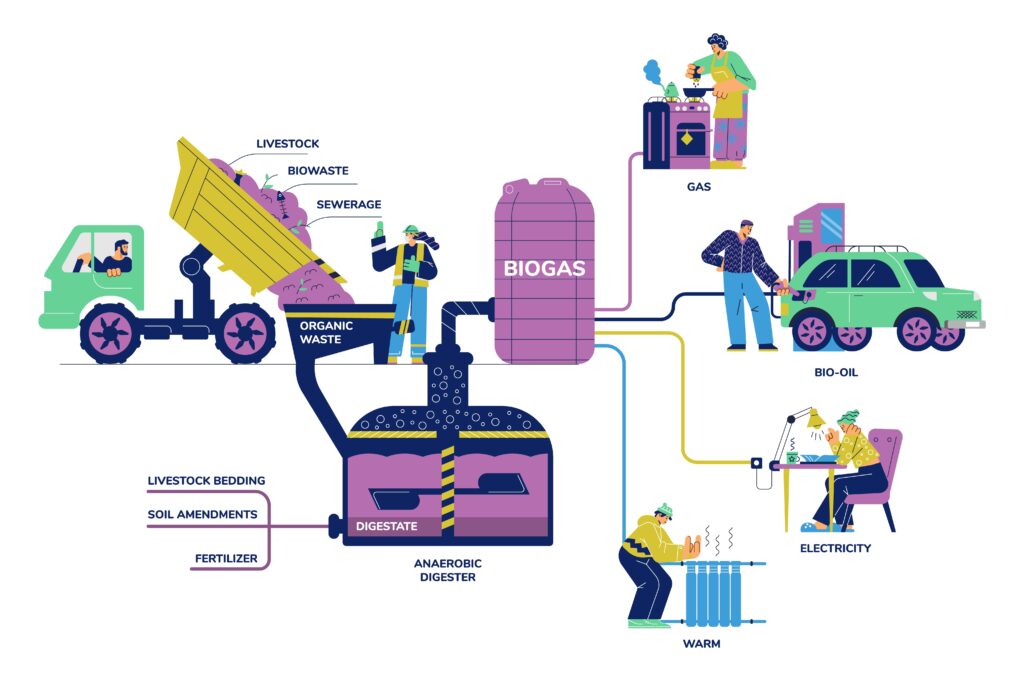Story by Alysha Carusi
Less than a decade ago, the Semiahmoo Nation responded to a gas line rupture north of Kamloops.
Semiahmoo Nation was “on the chopping block” to accessing natural gas in their region. This called for the adaptation and innovation of regional energy sources.
Today, the Semiahmoo People located in South Surrey plan to create their own biogas—a renewable energy source—within their own community by partnering with companies like Andion.
However, many residents near Semiahmoo land criticize the proposed biofuel plant and are calling for increased consultation and an independent assessment of the plant's impact on air quality, especially near the Little Campbell River watershed.
A watershed is an area of land where all the water that falls or drains into it eventually flows to a common outlet, such as a river, lake, or ocean. Some residents fear that the plant's emissions and activities could impact the water quality and habitat for Pacific salmon and trout in this sensitive ecological area.
Since 2020, Andion has launched over 50 biogas projects like this, where household, restaurant and other organic waste is treated, individually, to create low-cost carbon-negative renewable energy in the form of natural gas and high grade agricultural fertilizer.
Chief Harley Chappell of Semiahmoo Nation is intrigued by this project because of its potential to deal with some rather large issues. First, “the food waste issue within the territory, and secondly, the reliance on big industry to support Indigenous communities.”
The project will redirect organic waste currently going to landfills within Metro Vancouver, to nearly two hectares of land on the Semiahmoo Reserve.
Its aim is to generate biogas from organic waste that will be upgraded to natural gas with Andion’s proprietary technology.
Biogas facilities have an average net electrical output of 6,700+MWh/yr. To put that into perspective, one megawatt of power can light up 1,000 homes, so 6,000+MW creates enough energy to power over 1.8 million homes in BC, all with organic waste. This process to create electricity takes about 14 days.
But, the creation of biogas has its drawbacks.
The conversion of organic waste requires a two-stage process, hydrolysis and methanogenesis stages, which produces climate and environmental pollutants.
A report by Tetra Tech, a consulting and engineering services firm, concludes that the proposed facility on the Semiahmoo Reserve will emit a number of contaminants, such as nitrogen oxides, specifically NO2, which is a concern due to its acute and chronic respiratory effects.
Additionally, the report addresses the release of ammonia (NH3), hydrogen sulfide (H2S), and volatile organic compounds (VOCs) as presenting varying degrees of concern.
It's not surprising then that local residents are protesting the location of the plant, citing possible respiratory effects, unpleasant odors, and myriad impacts on health.
Currently, the project is undergoing an Impact Assessment Act (IAA) review, which involves a thorough examination of various aspects, including wildlife, species at risk, air quality, wastewater, and odour.
Amidst the concerns raised by local residents about the proposed biofuel plant, the Semiahmoo Nation's venture into renewable energy stands as a complex and nuanced narrative.
What's clear is that the journey towards a greener, more sustainable future involves careful examination and collaboration.

Organic waste
See more →
Old leftovers. Cracked egg shells. Grass clippings. Animal manure. All of these are examples of organic waste that can be used to create biogas!
Did you know that Canadians creates over 50 million tonnes of food waste every year? That could be used to make a lot of energy!
Hydrolysis
See more →
Hydrolysis is the first stage when creating biogas. It is a chemical process where organic polymers like fats and carbohydrates are broken down into simpler compounds like sugars.
Methanogenesis
See more →
In the Methanogenesis stage, simple compounds from the Hydrolysis stage are converted into biogas (primarily methane and carbon dioxide).
This stage is crucial for biogas, as methane is the main component of biogas and can be used as a renewable energy source.
Digestate
See more →
Digestate is the residual solid and liquid material after the anaerobic digestion process completes. With further treatment, digestate can be used as a nutrient-rich fertilizer, compost, soil, or in bioplastics.
Biogas
See more →
Biogas consists of methane (CH4), carbon dioxide (CO2), hydrogen sulfide (H2S), water vapor, and trace amounts of other gases. The high percentage of methane (50 to 75 percent) in biogas is primarily responsible for the energy used to provide heat, generate electricity, and provide fuel.
Curious for more science behind the energy of climate change?
Explore solutions for regenerating our planet on Change Reaction.
